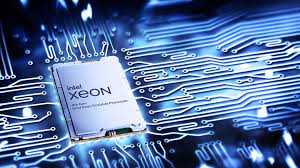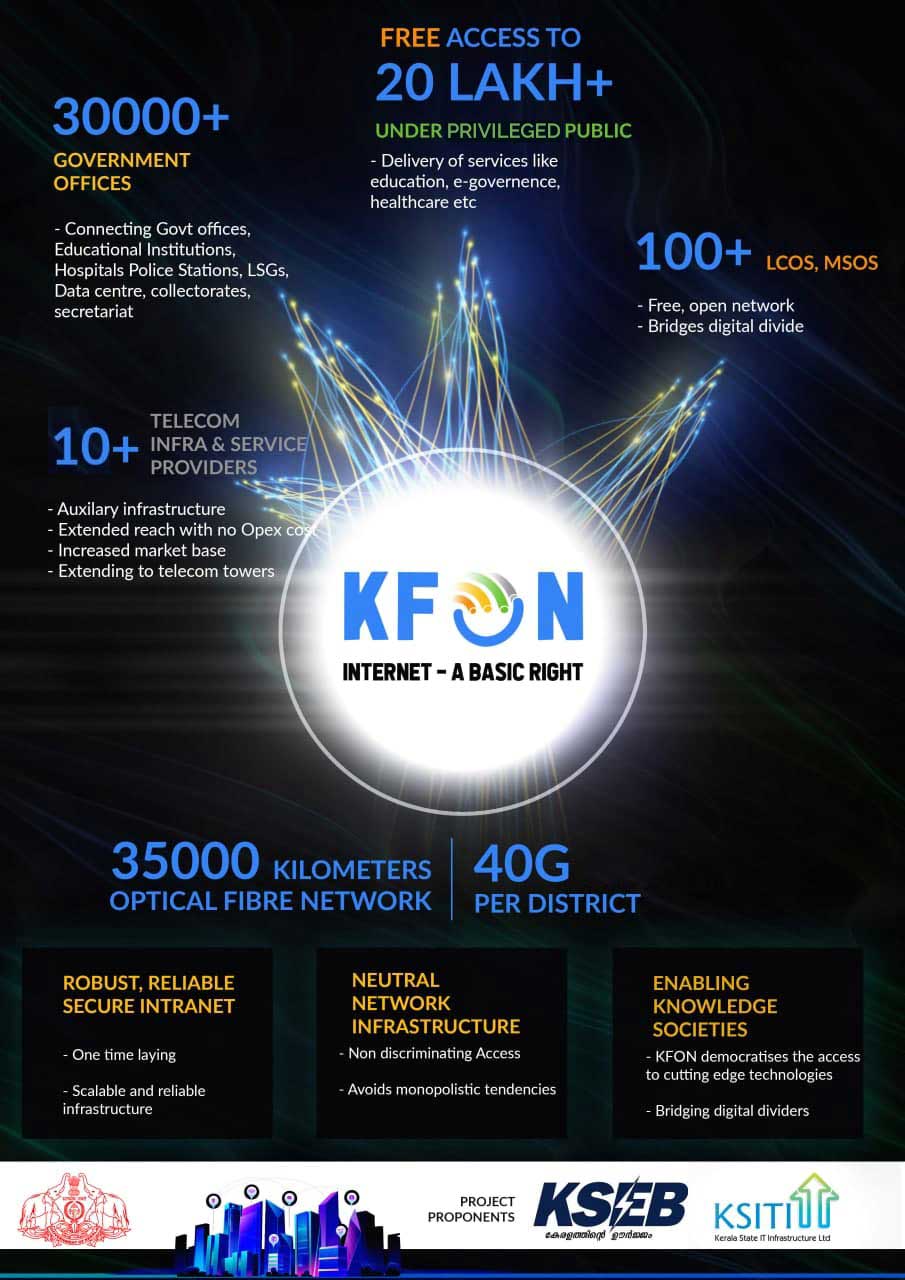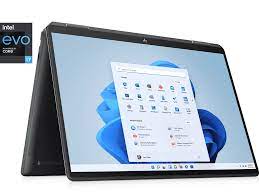
In today’s digital era, personal computers (PCs) have become an integral part of our lives. Whether it’s for work or leisure, we rely on PCs to perform a wide range of tasks. However, just like any other electronic device, PCs can encounter basic issues and glitches that can disrupt our productivity and cause frustration.
Fortunately, with a little troubleshooting know-how and the right guidance, most common PC problems can be resolved quickly and easily. In this section, we will explore some of the basic issues that PC users often face and provide practical solutions to troubleshoot them effectively.
From slow performance to software conflicts and hardware malfunctions, we will delve into various scenarios where PCs may encounter difficulties. We will also discuss how to identify the root causes of these problems and provide step-by-step instructions on resolving them.
Whether you are a tech-savvy individual or someone who is new to the world of computers, this section aims to equip you with the necessary knowledge and tools to overcome common PC issues. Additionally, if you find yourself in need of further assistance beyond basic troubleshooting methods covered here, we will also touch upon seeking professional technical support for more complex problems.
So let’s dive into the realm of PC troubleshooting together and empower ourselves with the skills needed to keep our computers running smoothly and efficiently!
Slowness!…..
One of the most common problems users encounter is the sluggishness of their PCs. If you find your computer running slower than usual, it could be due to various factors such as excessive background processes or insufficient memory. By closing unnecessary applications, clearing temporary files, and performing regular system maintenance, you can significantly improve your PC’s performance.
No Power…
Another issue that users often face is when their computers refuse to switch on or there is no power coming from the device at all. This could indicate a problem with the power supply unit or faulty connections. Checking the power cables, ensuring they are securely plugged in, and testing alternative power outlets can help identify and resolve this issue.
No Display…
Sometimes, a lack of display on your monitor can leave you feeling puzzled. This could be caused by loose connections between the graphics card and monitor or outdated display drivers. Troubleshooting steps such as reseating cables, updating drivers, or connecting to an alternative monitor can help diagnose and fix this problem.
No Audio…
Audio issues are another common annoyance for PC users. Whether it’s distorted sound quality or no audio output at all, these problems can disrupt multimedia experiences. Troubleshooting steps like checking speaker connections, updating audio drivers, adjusting sound settings in the control panel can help restore crystal-clear audio playback.
No USB or Devices…
Peripherals not working? This issue may stem from incompatible drivers or faulty USB ports. Updating device drivers through Device Manager or trying different USB ports can often solve this problem without much hassle.
Blue Screen Error…
Lastly, encountering a blue screen error (also known as “Blue Screen of Death” or BSOD) is undoubtedly alarming but often indicates underlying software or hardware issues. Restarting your PC, updating drivers, or running diagnostic tools can help identify the cause of the blue screen error and guide you towards a resolution.
By understanding these common PC issues and following the appropriate troubleshooting steps, you can effectively address these problems and get your computer back in working order. Don’t let technical difficulties hold you back – take charge and resolve these basic PC issues with confidence.




